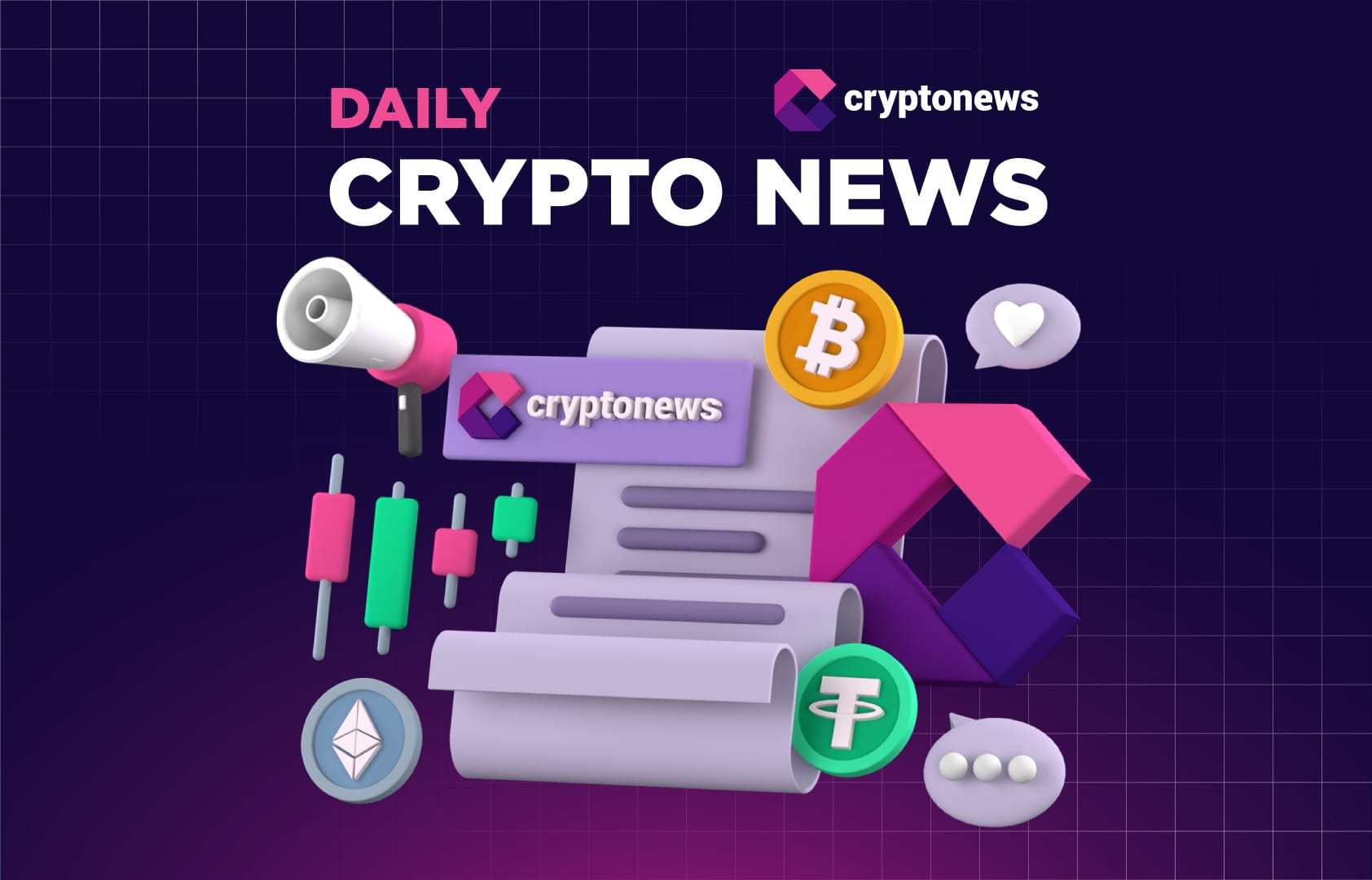How will Norway’s crackdown on crypto mining affect the global Bitcoin market and the country’s economy?
Amidst the recent completion of Bitcoin (BTC)’s fourth halving, which halved mining rewards to 3,125 Bitcoins, Norway is taking decisive steps to address the energy-intensive practice of crypto-mining within its borders.
Against Bitcoin’s price volatility, currently hovering around $66,000, the Norwegian government is preparing to introduce new legislation aimed at reining in data centers, a move partly intended to curb crypto-mining activities.
According to a report by the local news agency VG, citing statements from Karianne Tung, Minister of Digitization and Terje Aasland, Minister of Energy, the proposed law is the first regulatory intervention in Norway’s data center industry.
Under the new regulations, operators of data centers will be required to register with local authorities in a move to increase oversight and accountability.
The driving force behind this legislative push is the government’s decision to limit or completely eliminate crypto-mining within Norwegian borders.
Both Tung and Aasland have raised concerns about the environmental impact of crypto-mining, citing its greenhouse gas emissions as incompatible with Norway’s sustainability goals.
Norway’s move mirrors similar efforts in neighboring Sweden, where increased taxes on data centers were implemented last year to discourage crypto-mining activities.
The goal is clear: to steer the industry toward more sustainable practices and align them with broader environmental goals.
Current crypto-mining legislation in Norway
Currently, there is no explicit ban on crypto-mining, but shifting norms suggest that data centers and similar facilities involved in mining may face increased scrutiny.
For example, the government’s decision to end reduced electricity tax rates for data centers and crypto mining in the State Budget 2023 shows this trend.
In October 2022, the Norwegian government proposed to abolish the reduced electricity tax rate for data centers, effectively subjecting mining electricity to standard rates.
Finance Minister Trygve Slagsvold Vedum emphasized the importance of prioritizing electricity for social needs amid the growing prevalence of crypto-mining.
These proposed changes were expected to generate additional revenue of NOK 150 million (approximately $13.61 million), with NOK 110 million expected to be realized in 2023.
It’s worth noting that the Norwegian government appears willing to put the entire data center industry at risk in order to combat the Bitcoin mining sector, which contrasts with its 2018 initiative to establish Norway as a data center hub.
Furthermore, digital currency obtained through mining is taxable upon receipt.
Miners are required to determine the market value of the virtual currency mined at different times and convert it into Norwegian kroner using exchange rates provided by Norges Bank.
Miners can claim deductions for expenses related to mining, such as machinery, software and electricity costs.
Machinery and equipment used primarily for mining can also be depreciated over several years, while deductions for electricity expenses are based on increased consumption compared to standard consumption.
The secret sauce of Norway
Norwegian Bitcoin miners, while not dominating the scene, play a crucial role in securing the Bitcoin network.
According to Cambridge University CCAF’s Bitcoin Mining Map data from January 2022, these miners contribute about 0.74% to Bitcoin’s hashrate, which measures the computational power dedicated to mining.
They operate primarily in Norway’s central and northern regions, and include both multinational companies such as Bitfury and Bitdeer, as well as local entities such as Arcario.
Norway’s appeal to Bitcoin mining stems from its abundant renewable energy resources, particularly hydropower.
The country ranks among the top in electricity generation per capita worldwide, largely due to its mountainous terrain and wet climate, which facilitates the development of numerous hydropower plants.
In 2021, hydropower contributed 92% of Norway’s electricity generation, with an additional 7% from wind power. This reliance on renewable energy makes Norway an attractive destination for Bitcoin miners striving for carbon neutrality.
Additionally, Norway’s cold climate naturally cools mining operations, reducing the need for additional cooling infrastructure.
With average monthly temperatures ranging from -4°C to +13°C in northern Norway, miners benefit from lower maintenance requirements and longer equipment life compared to warmer climates such as West Texas.
So, despite its relatively modest contribution to Bitcoin’s hashrate compared to other nations, Norway’s role in the global mining ecosystem remains crucial.
What could new legislation mean for Norway’s BTC miners?
The proposed legislation could lead to several implications for BTC miners operating within Norway’s borders.
First, increased regulatory hurdles may introduce additional administrative burdens and compliance costs for miners.
This may include meeting stricter environmental standards, obtaining permits or undergoing regular audits to ensure compliance with regulations.
Additionally, the shift to more sustainable practices in response to environmental concerns may prompt miners to reconsider their operations in Norway.
While the country boasts abundant renewable energy resources, such as hydropower, the potential for increased regulation and associated costs may reduce its attractiveness as a mining destination.
Miners may choose to relocate to jurisdictions with more lenient regulations or cheaper operating costs, thereby affecting Norway’s position in the global mining ecosystem.
On the bright side, it can also spur innovation. Miners may start looking for ways to use less energy or find new, more eco-friendly ways to mine, which could lead to new technologies in the industry.
Overall, the new rules could shake things up for Bitcoin miners in Norway, making them rethink how they work and where they do business. It is a wait-and-see situation to see how miners will adapt to these changes.
Disclaimer for Uncirculars, with a Touch of Personality:
While we love diving into the exciting world of crypto here at Uncirculars, remember that this post, and all our content, is purely for your information and exploration. Think of it as your crypto compass, pointing you in the right direction to do your own research and make informed decisions.
No legal, tax, investment, or financial advice should be inferred from these pixels. We’re not fortune tellers or stockbrokers, just passionate crypto enthusiasts sharing our knowledge.
And just like that rollercoaster ride in your favorite DeFi protocol, past performance isn’t a guarantee of future thrills. The value of crypto assets can be as unpredictable as a moon landing, so buckle up and do your due diligence before taking the plunge.
Ultimately, any crypto adventure you embark on is yours alone. We’re just happy to be your crypto companion, cheering you on from the sidelines (and maybe sharing some snacks along the way). So research, explore, and remember, with a little knowledge and a lot of curiosity, you can navigate the crypto cosmos like a pro!
UnCirculars – Cutting through the noise, delivering unbiased crypto news















